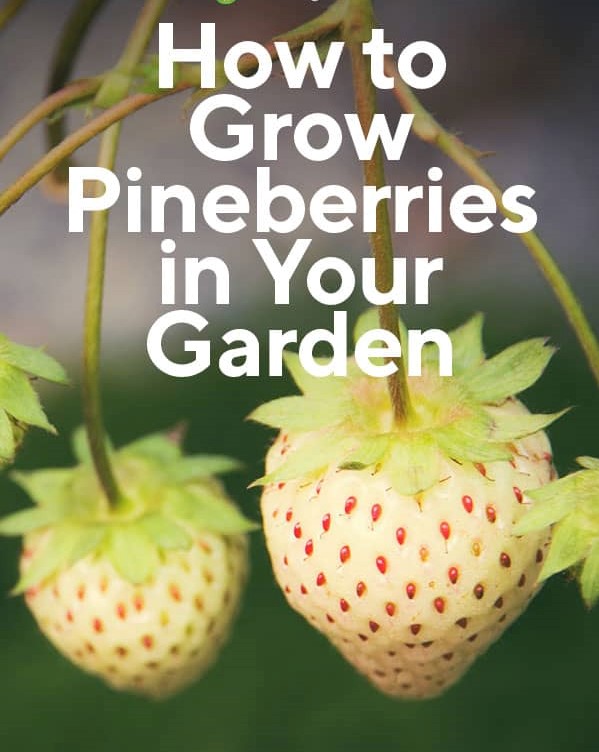When you first glance at pine berries you might think that they look like unripe strawberries, because they are often pale pink or white in color and resemble strawberries in shape and ease of growing. But these delicious fruits are something else entirely. While they aren’t well known in home gardens, as gardeners become familiar with…
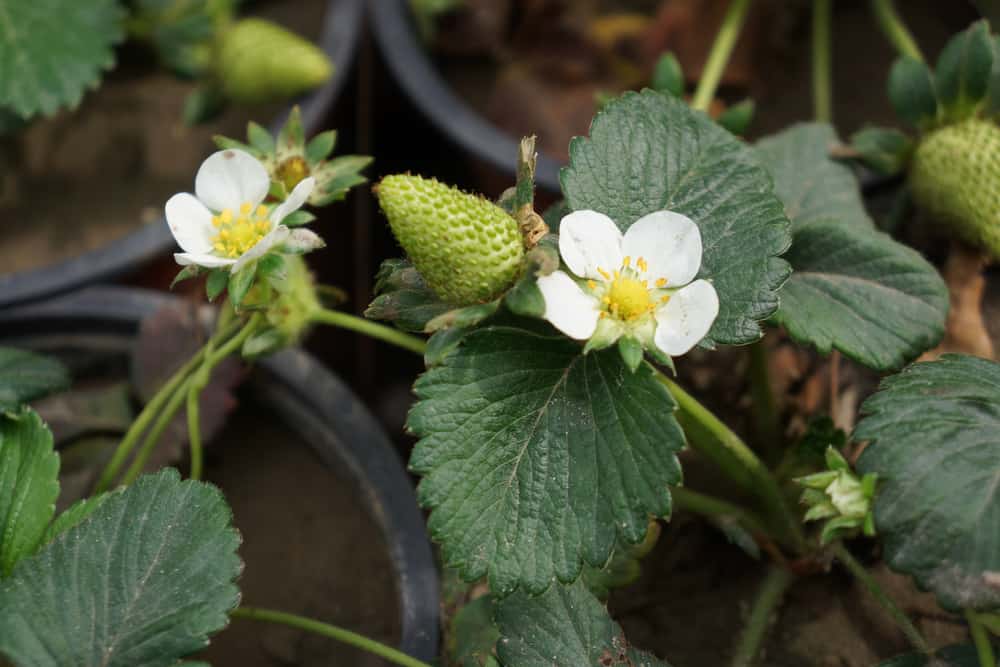
When you first glance at pine berries you might think that they look like unripe strawberries, because they are often pale pink or white in color and resemble strawberries in shape and ease of growing. But these delicious fruits are something else entirely.
While they aren’t well known in home gardens, as gardeners become familiar with their unique flavor and appearance, more and more people are growing pineberries.
So, how do you plant and raise pineberries in your garden? Keep reading to find out.
What Are Pineberries?
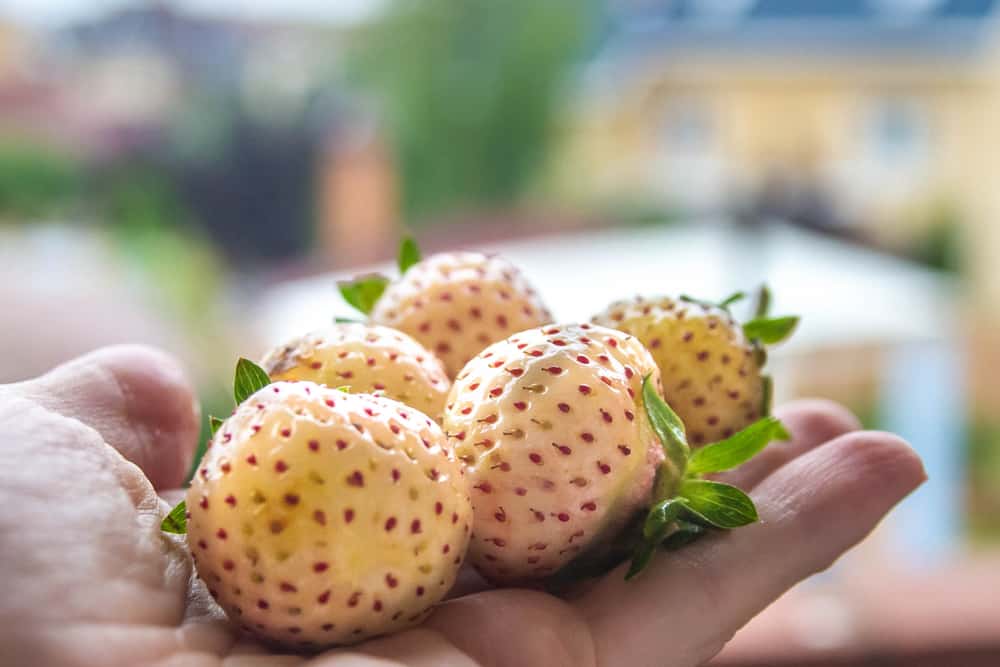
Botanically classified as Fragaria x ananassa, pineberries are a hybrid of Chilean strawberries (F. chiloensis) and Virginia strawberries (F. virginiana). They were originally cultivated in South America but are most widely produced in the Netherlands.
They’re sometimes called “white strawberries,” but don’t confuse them with true white strawberries, Alpine (F. vesca), and Beach (F. chiloensis). In the Netherlands, they’re called ananaserdbeere.
Today, they appear in supermarkets and local markets all over the world. But, what makes pineberries different from the classic strawberry?
Pineberries may look like strawberries in shape, but they actually taste more like pineapples. Some cultivars are less sweet than others. If you’re considering growing this fruit at home, it might be a good idea to taste one first to ensure you like them!
Here is a list of the most common cultivars of pineberries:
- White Pine
- White Carolina
- Natural Albino
- White D
Each of these varieties of pineberries offers a slightly different harvest in terms of color, size, and flavor. For instance, ‘White Pine’ has that mild pineapple flavor that is characteristic of the fruit.
The ‘White Carolina’ cultivar has more of a pink color. ‘White D’ tends to have larger fruits than other plants while still retaining that mild pineapple flavor.
The newest variety on the market is the ‘Natural Albino’ which is very similar to the ‘White Pine’ in size and taste, with small berries and a mild flavor.
Planting Pineberries
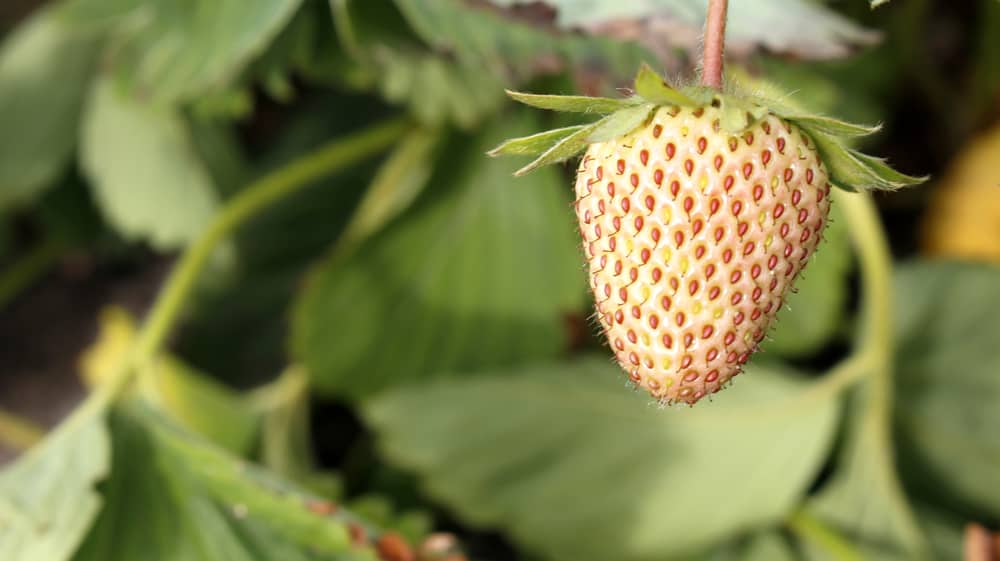
Despite not tasting like strawberries, this fruit requires a similar growing environment. That shouldn’t come as a surprise since they’re closely related. If you’ve grown strawberries before, you shouldn’t find it too difficult growing pineberries.
Before you can plant your pineberries, you need to find them first. They aren’t super common in most local nurseries. The good news is that you can find pineberry starts online. The most affordable option is to buy a bare-root plant or transplant in early spring.
Although you can find pine berry seeds, because this plant is a hybrid, seeds won’t grow true to the parent type. You must find bare roots, runners, or transplants. This plant grows well in USDA Growing Zones 4-8.
Putting Your Pine berry in the Ground
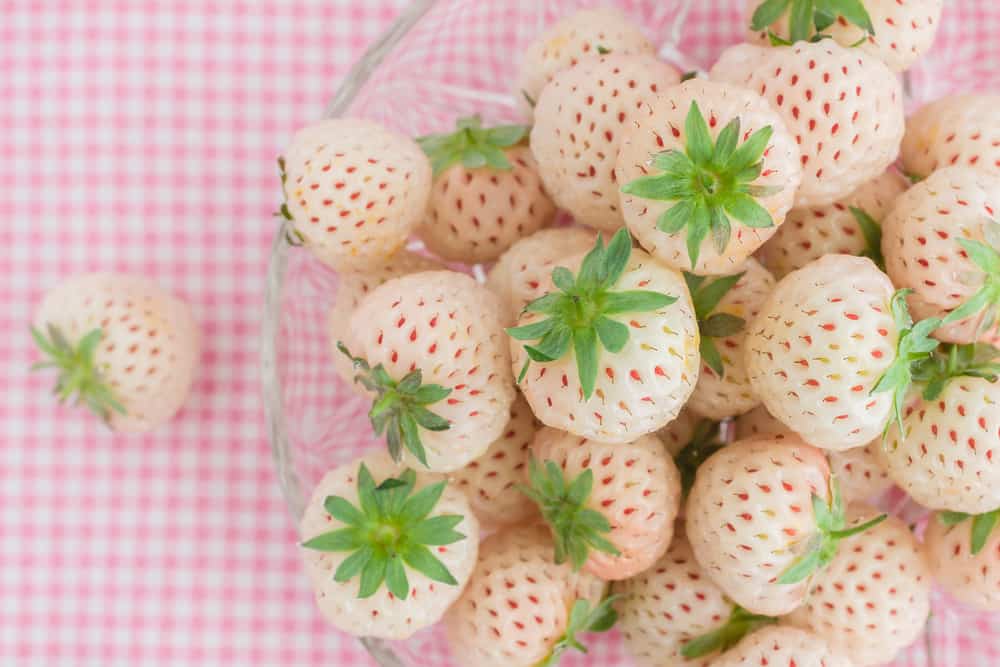
Ideally, you should plant your pine berry plant outdoors as this is where they will have more room to grow and lots of direct sunlight. However, it’s possible to grow pine berries indoors if you have the correct size of container and sun exposure.
Pineberries need at least six or more hours of sun per day, but ten or twelve hours is even better for their growth. That being said, they like colder climates so the temperature should be around 70°F.
As pine berries are prone to spreading, just like strawberries do, you might want to consider growing them in containers to keep a check on their size!
Otherwise, you can pick a nice spot in your garden. It’s important that your pine berry plant has well-draining soil that can be slightly sandy, or preferably, loamy, with a lot of organic matter.
Plant in the spring as soon as the ground can be worked. A little frost won’t hurt young plants, but they should be protected from a heavy freeze.
For pollination purposes, you must plant pine berries near strawberries or other pine berries That’s because these plants aren’t self-fruitful. They need a friend for pollination.
Begin by digging a hole the same depth and three times as wide as the bare root or container that the plant came in, and add a little extra space for future growth.
If you’re planning on growing several pine berry or strawberry plants in one location, leave a space of 18-24 inches between each plant.
Gently soak the soil before placing it in a container or in the ground. Then, cover the soil with mulch and you’re ready to go.
Caring for Pineberries
Of course, watering your pineberries should be at the top of your to-do list. The soil needs to be kept moist. That means you should be providing the soil with 1 to 1.5 inches of water every week.
During the warmer season in summer, you might have to increase this volume as the temperatures will be higher and your plant will need extra moisture.
Of course, most areas receive some rain, so it’s hard to tell exactly how much water your plants are receiving and how much you need to add. You can use a rain gauge or just stick your finger in the soil. If it feels dry to your first knuckle, add more water. You want the soil to feel like a well-wrung-out sponge.
Fertilizer
An all-purpose fruit and veggie fertilizer is all you need to keep your berries happy. Apply once in the spring a few weeks after planting your plants, following the manufacturer’s directions.
Protect Your Plants
You can place a wire fence around the growing area to prevent unwanted animal visitors from destroying your harvest.
Heap mulch around the plants during the growing season. Mulch can be made out of straw, grass clippings, or wood chips and will help the soil retain moisture, suppress weeds, and protect from some diseases.
Add a thick layer of mulch during fall when temperatures drop to help protect the roots so the plant will return next year.
Common Pests and Diseases
When it comes to pests, there are a few common insects that like to munch on pine berry plants.
The two diseases that affect pine berry plants are strawberry viruses and grey mold. Even though strawberry viruses are often found on strawberry plants, they are common on pine berries too.
Aphids
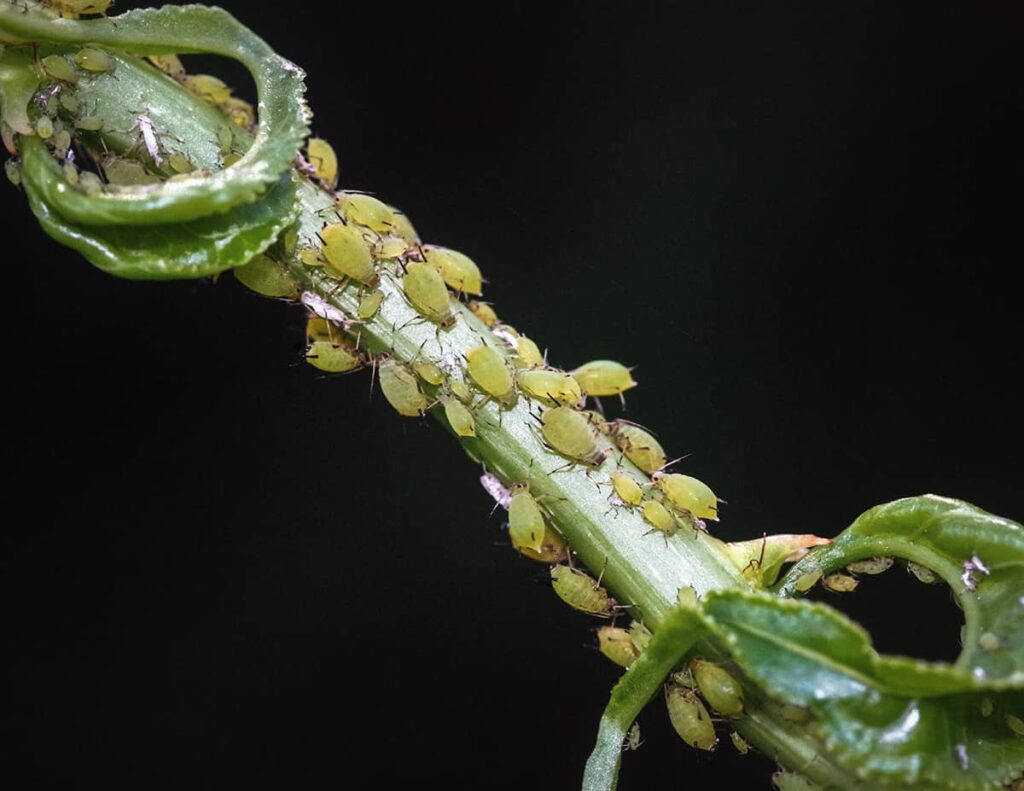
Aphids are small, sap-sucking insects that leave behind a sticky residue called honeydew. They can cause stunted growth, yellow leaves, and attract sooty mold. They can also spread diseases. Head to our guide to learn how to identify and eliminate these pests.
Slugs and Snails
Slugs and snails love strawberries and pineberries, and they’ll devour not only the leaves but the fruits as well. If you need some good snail control tips, we have a guide on controlling them using natural methods.
Root Weevils
Root weevils are the larvae of snout beetles, and they eat away at plants underground. Suddenly your pineberries are sad and wilted and there’s no obvious reason why. If you suspect you have root weevils, our guide can help you get things back under control.
Strawberry Virus
There are several viruses that attack pineberries, including: Strawberry Mild Yellow Edge, Strawberry Mottle Virus, and Raspberry Ringspot Virus. Here are the main symptoms of strawberry viruses:
- Yellow leaves
- Discolored spots
- Crinkled leaves
When buying, check the label of the plant to ensure it’s certified as virus-free. It’s vital you make sure you’re buying from a reputable seller! You should also keep pests out of your garden, as they spread viruses.
If your plant shows signs of this illness, you’ll have to destroy it as the disease can’t be cured.
Grey Mold
Grey mold, also known as botrytis fruit rot, is another disease that infects pineberry plants. It’s caused by the fungus Botrytis cinerea.
You can spot this disease by looking for brown decay on your fruit. The easiest way to prevent this disease is not overcrowding your plants when you put them in the ground. You should also remove any dead leaves and fruit from the previous growing season. Water at the soil level and not on the leaves, since this disease needs water to spread.
If it does strike, cut off infected areas.
Harvesting Pineberries
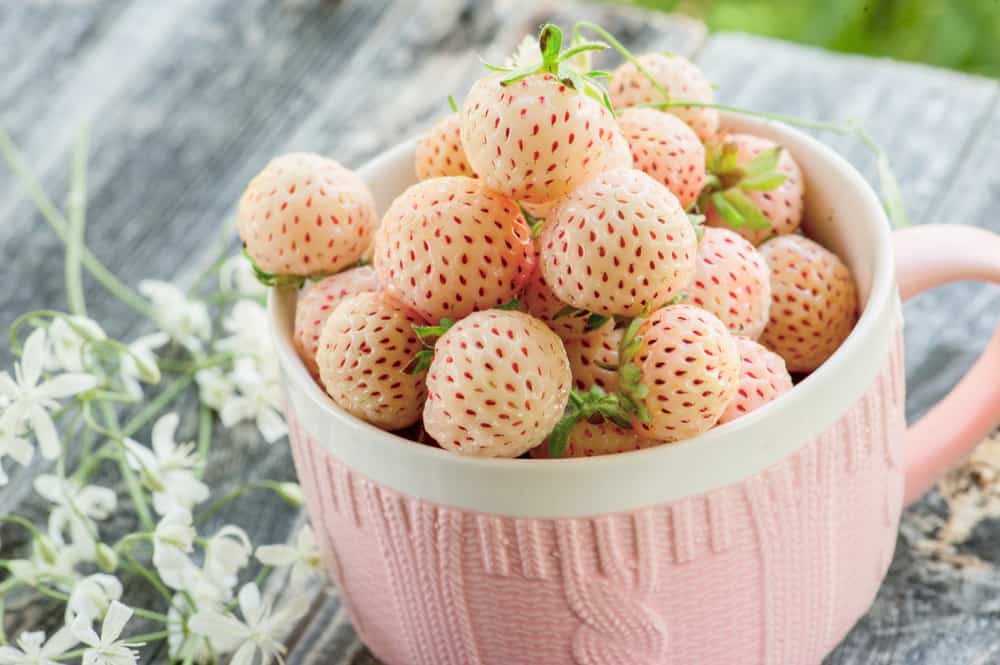
Getting to the harvesting stage of growing pineberries is an exciting time as you’ll finally be able to enjoy their delicious flavor!
You’ll know that the fruit is ripe for picking when the spots all over the skin have turned from green to red. The color will also go from milky white to pink and white, or just light pink (depending on the cultivar). You can also give them a gentle squeeze. They should feel plump and juicy. This is when you know that your pineberries are ready for harvesting.
There are lots of ways to enjoy pine berries. Just like strawberries, you can add them to a smoothie, desserts, or just have them as a snack. Their sweet taste is enough to satisfy your sugar craving and offer as a treat for friends.
It’s best to keep the fruit in a cool area to retain its freshness.
I HAVE VARIOUS STRAWBERRY SEEDS FOR SALE CONTACT ME>> HERE



